Storming the Bastille: Indirect Tests of How the Vainqueurs Assembled*
How do people assemble in large groups? Do they come as individuals, do they move as an entire group from one location to another, or do they come in small groups of two or three? In this paper, we examine this issue in the context of the most prototypical of crowd events, the storming of the Bastille in 1789. We use data about the Vainqueurs (stormers) de la Bastille drawn from the French National Archives to indirectly test four possible mechanisms by which the Vainqueurs came to the Bastille: as individuals, through social networks, by proximity to gathering places, or through formal associations. Spatial analyses of their addresses, coupled with an eyewitness account of how people joined the Vainqueurs, suggest that social networks and proximity to gathering places best explain who stormed the Bastille, although there is evidence that some people came alone and some came through formal associations.
Contributor Notes
* This research was supported by the National Science Foundation's Human and Social Dynamics Program, Grant #0729363 (R. Barry Ruback, PI). We thank Alan Sica and Marylee Taylor for their thoughtful comments. We also thank Joan Landes for her help with the historical aspects of the study and Stephen Matthews, Yosef Bodovski, and Tse-Chuan Yang for their help with the geographical analyses.
† R. Barry Ruback is Professor in Sociology and Criminology at Penn State University. Sarah Koon-Magnin is Assistant Professor in Political Science and Criminal Justice at the University of South Alabama. Mary K. Faulkner was PhD student in History at Penn State University.

